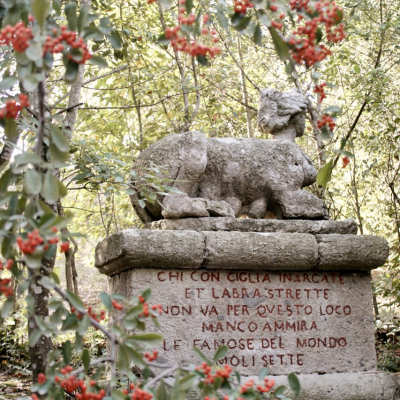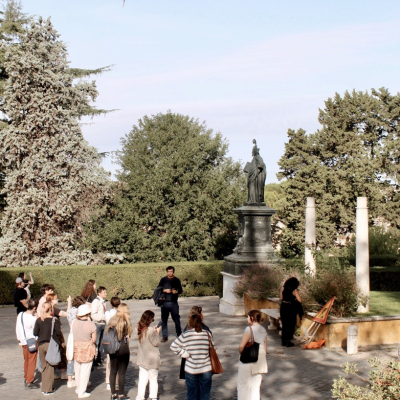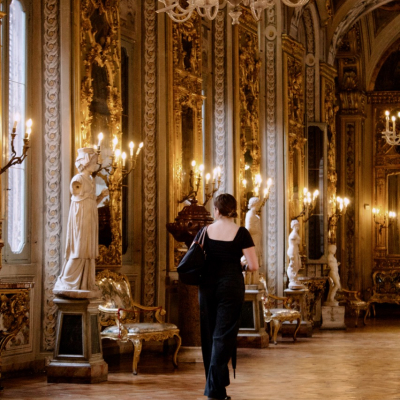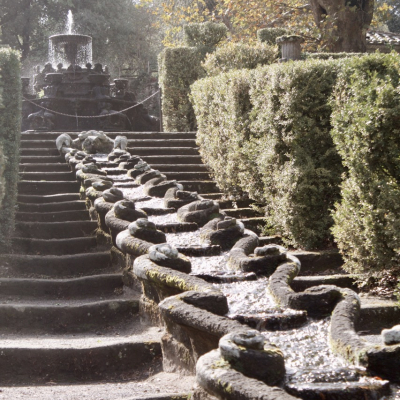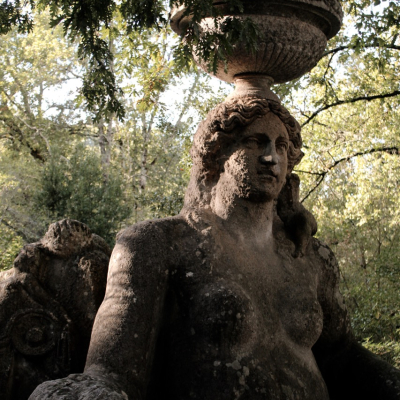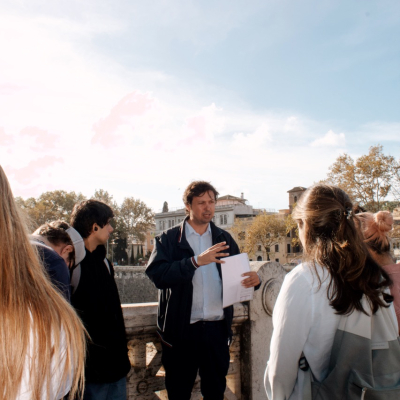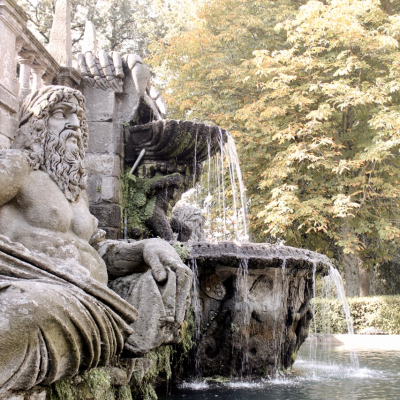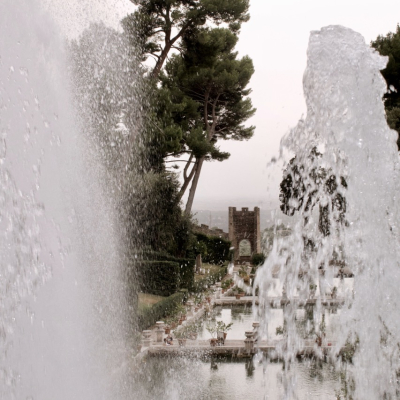Gardens condense world views that balance environmental and human agency reflective of a given age and society. Some were designed to reflect an imperious order, others to display a playful mindfulness, while some chose to embrace the monstrous, the sublime, and the wasteland. A certain art is required to organize and manage the actors of enclosed gardens: plants, flowers, trees, but also rocks, water, and wind, in a sculptural design that might involve sight, smell, touch, sound, and sometimes taste. On the one hand, students are introduced to a history of garden design, paying particular attention to cosmological visions and social contexts through case studies in Europe, Asia, and Africa. In parallel, the course presents a range of contemporary artistic interventions with garden spaces and histories, in an age of increasing environmental imbalance and planetary awareness, in which the decision to garden can offer a path to nurture an active engagement with the present.
As part of the Gardens and Art course, students could engage with the multifaceted history of gardens with a series of on-site visits in Rome as part of the course’s academic travel component. Visits included the botanic garden, a tour of the Vatican gardens, the Villa Hadriana and the waterworks at the Villa d’Este in Tivoli, and the fantasy world of Bomarzo.

"Gardens are the canvas where nature and human creativity converge."
Prof. Gabriel Gee

